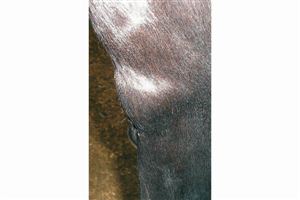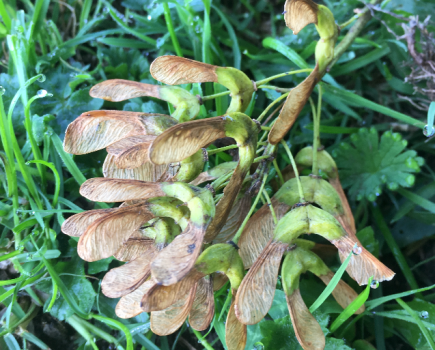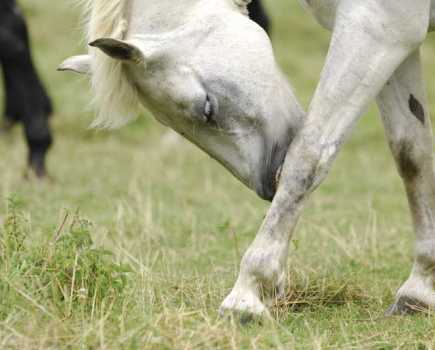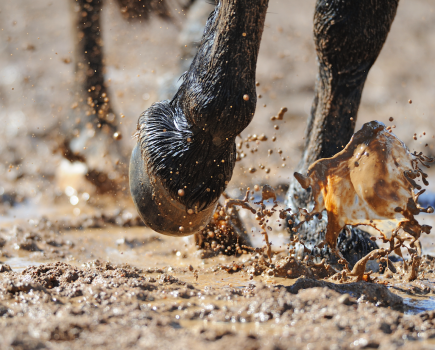See a swelling on your horse’s leg and your first reaction might be to panic – will it take ages to mend, cost me a fortune and potentially affect his future? But don’t panic. With good management, most leg problems can be prevented and early intervention from your vet will more often than not lead to successful treatment.
 What are they?
What are they?
A bursa is a small fluid-filled sac. The body contains lots of bursae – they minimise friction between tissues and help the gliding action of skin, muscle or tendons over bony surfaces. Direct trauma to these structures will result in painful swelling (bursitis).
Similarly, a wound that punctures a bursa will cause an infection and result in a septic bursitis. The bursae most commonly associated with clinical problems are those in the knee (carpal bursa), hock (calcanean bursa), shoulder (bicipital bursa), elbow (olecranon bursa) and foot (navicular bursa). Wounds over the front of the knee and shoulder and the point of the hock should be carefully checked.
The navicular bursa is contained within the hoof capsule and the most common cause of septic navicular bursitis is a penetrating foreign body, such as a nail.
Diagnosis and treatment
Radiography and ultrasonography are extremely useful in the early detection of septic bursitis and you need to call the vet urgently if it looks infected.
Direct trauma to a bursal region can result in a soft, painful swelling. The most common traumatic bursitis cases are those seen over the knee and the point of the hock and elbow. These are referred to as hygromas and capped hocks/elbows.
After the initial inflammation has subsided, these swellings rarely cause lasting problems, apart from cosmetic blemishes. Swellings that remain painful when touched or cause lameness should be examined radiographically and ultrasonographically.
In the early stages, treatment consists of cold therapy, rest and topical anti-inflammatories. Sterile drainage of the swelling may be needed if the bursa is grossly enlarged. Prompt surgery is needed for all cases of septic bursitis.
Prevention
Adequate stable bedding must be used as bursal trauma often results from lying on hard surfaces, or injury when the horse gets up. Padded knee and hock boots should be worn during travelling, and protective knee boots are available for exercising on hard surfaces.









